
Dealer Surprises American Freed from Russian Prison with New F-150

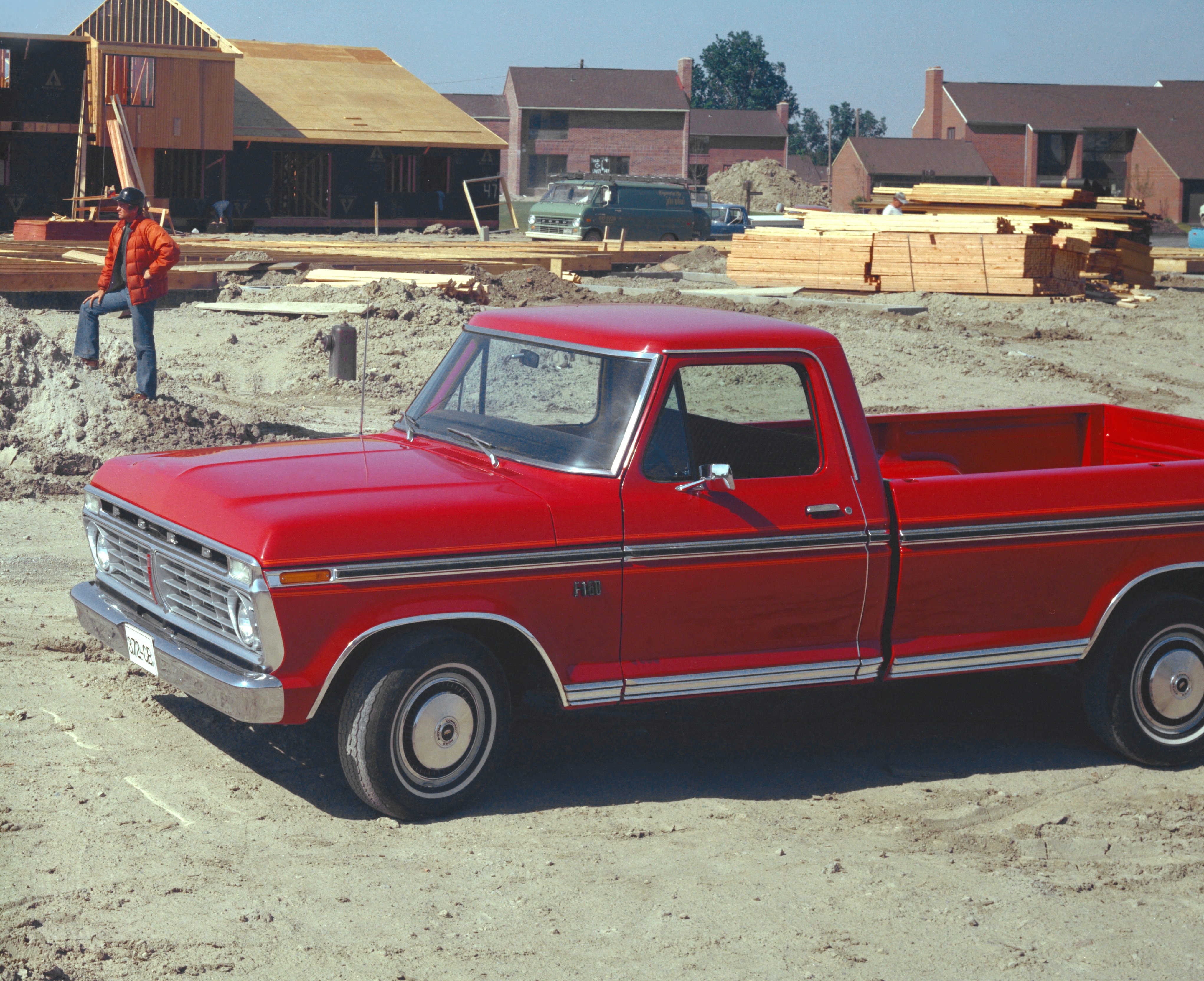
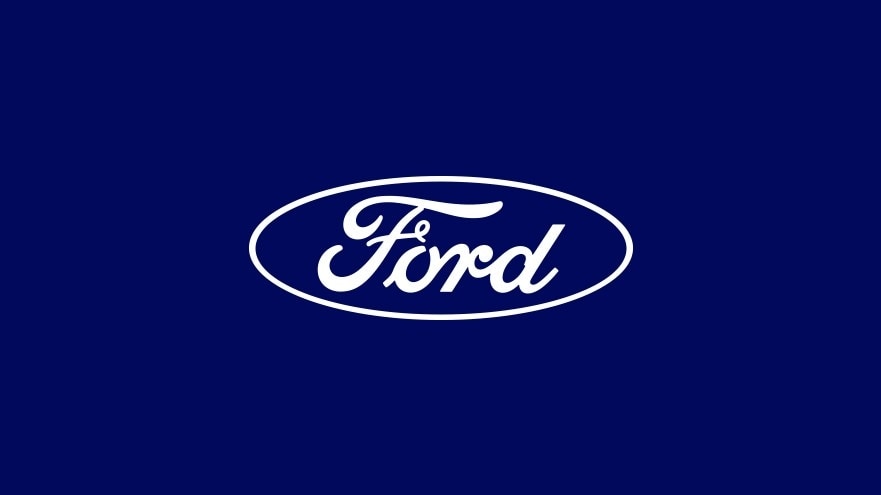
This year, we celebrate the 50th anniversary of the 1975 F-150’s launch. To set the scene: widespread economic downturn, a gas crisis, and rising concerns for the environment weighed heavily on the 1970s auto market. To limit emissions, Ford began adding catalytic converters to their vehicles beginning in the 1975 model year, as described in the “newsflash” below.
This same model year, Ford rolled out a lightweight truck option that would fit between the F-100 and F-250. The heavy-duty, half-ton pickup offered a higher gross vehicle weight (GVW) and more heavy-duty performance, while still retaining the characteristics of a conventional F-100. For reference: The F-100’s GVW stood at 5,500 pounds, whereas the F-150 clocked in at 6,050 pounds and had a maximum load rating only ten pounds less than that of the F-250. For an “inbetweener,” the F-150 punched above its weight.

As we now know, this very happy medium in the well-established F-Series line would go on to become a part of the best-selling truck lineup in America for 48 years and counting. However, upon the F-150’s release, there was shockingly little fanfare both on the public stage and behind the scenes.
One would think Ford’s addition of the F-150 was merely a formality. The light truck had just the right payload and the appropriate fueling options for the new emission standards and the energy crisis at hand. The understated rollout begs the question: was the runaway success of the F-150 a surprise?
Behind the scenes, in product planning meeting minutes, executives communicate little on the F-150’s conception. The minutes do include one important note about the nameplate’s origins: “F-150 and E-150 series added… Approved by Mr. Henry Ford II on November 21, 1973.” Sales guides, confidential to Ford salesmen, emphasize the broader GVW coverage, added sales flexibility, the F-150’s availability in SuperCab, and that it took either unleaded or leaded fuel.

In January of 1975, Ford was gearing up for the annual Detroit Auto Show at Cobo Hall. They made a select number of tickets available to employees and boasted impressive exhibits for the 1975 line.
In press releases, they highlight the first public display of Ford’s new Econoline Van and Club Wagon, a replica of the historic “999” race car, and the second generation of Freddie Ford the talking robot. There was also the opportunity for attendees to make their own Granada commercial “on color television and then to see themselves on instant replay.”
The Ford press release for the show mentions the F-150 and its ability to “team the ride comfort of an F-100 with the load rating of an F-250." Meanwhile, the F-100 is referred to as a “feature of the show.” Even Freddie Ford seemed to upstage the undetected F-150.
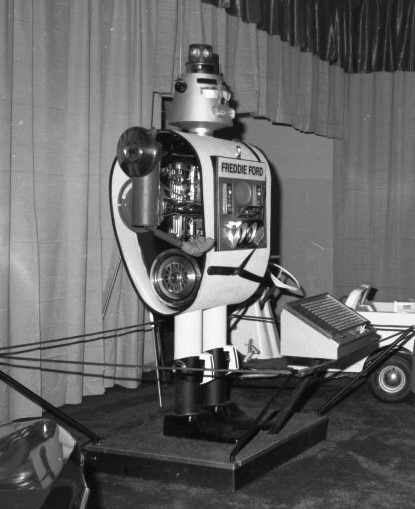
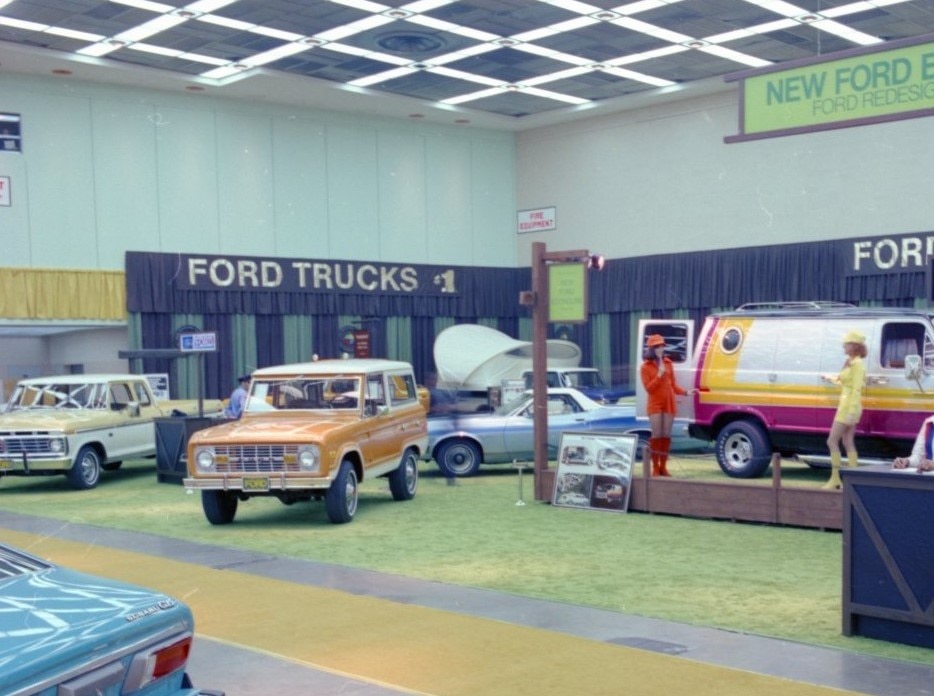
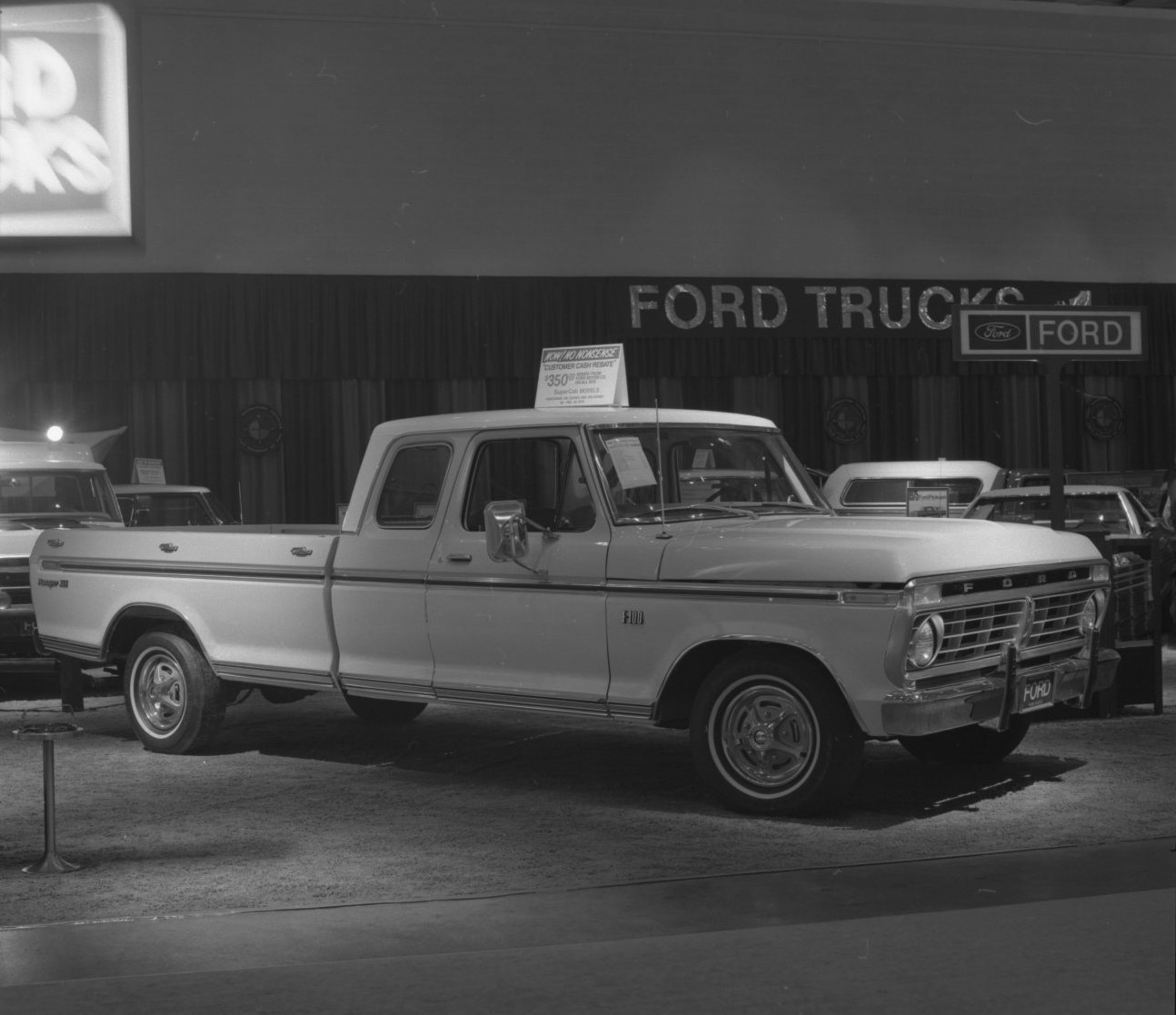
Photographs, as shown here, highlight the F-100, the newly added SuperCab body, a new camper option, and a slew of passenger cars. But where is the brand new, one-of-a-kind F-150?
It did not take long for Ford to realize the success it had on its hands. Starting in 1977, the F-Series became the best-selling truck line in the country, only two years after the F-150 joined the ranks. That best-seller status persists today after decades of design changes and countless innovations. In 2021, Ford introduced the all-electric F-150 Lightning, the first of its kind.
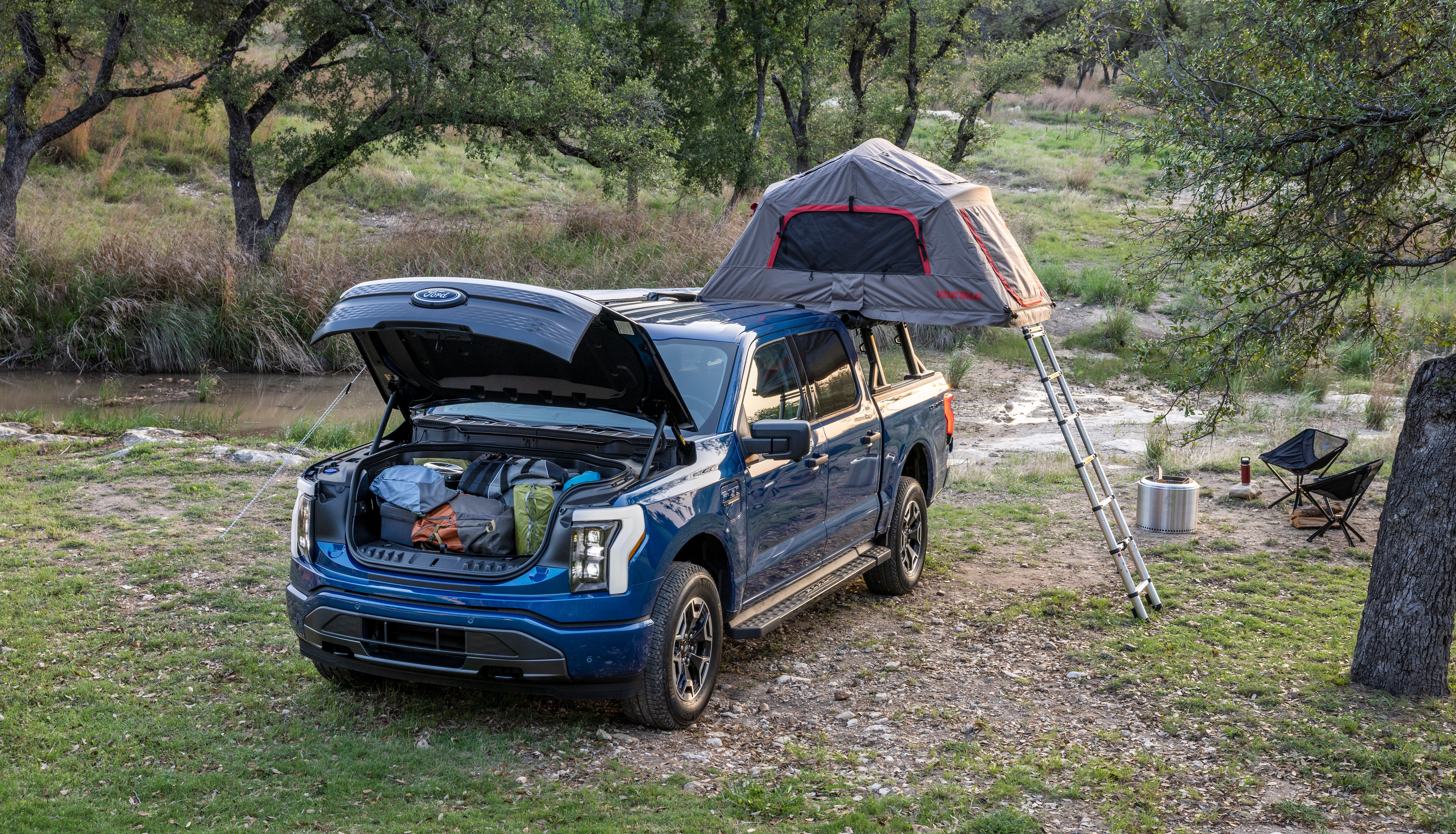
At the time, the electric vehicle had the most torque of an F-150 ever. It is still known for its incredibly smooth drive, the infamous “frunk,” and the ability to power a home in a pinch, which has come in handy for many customers.
The F-150 Lightning is certainly a truck of the future, but Ford designers are always adept at paying homage to the models and generations that came before. In 2023, for the F-Series 75th Anniversary, Ford celebrated the occasion with a heritage edition F-150. These trucks sported a modern take on the classic A-B-A paint scheme, also known as two-tone paint, beloved in the earliest days of the F-150.

As Ford continues to honor and build on the 50-year legacy of the F-150, it is hard to believe that the first model had such an unassuming debut. Even so, the F-150’s instant and sustained popularity — albeit without a flashy reveal — asserts that America’s truck needs no introduction.
Shelby Long is an Audiovisual Archivist at Ford.